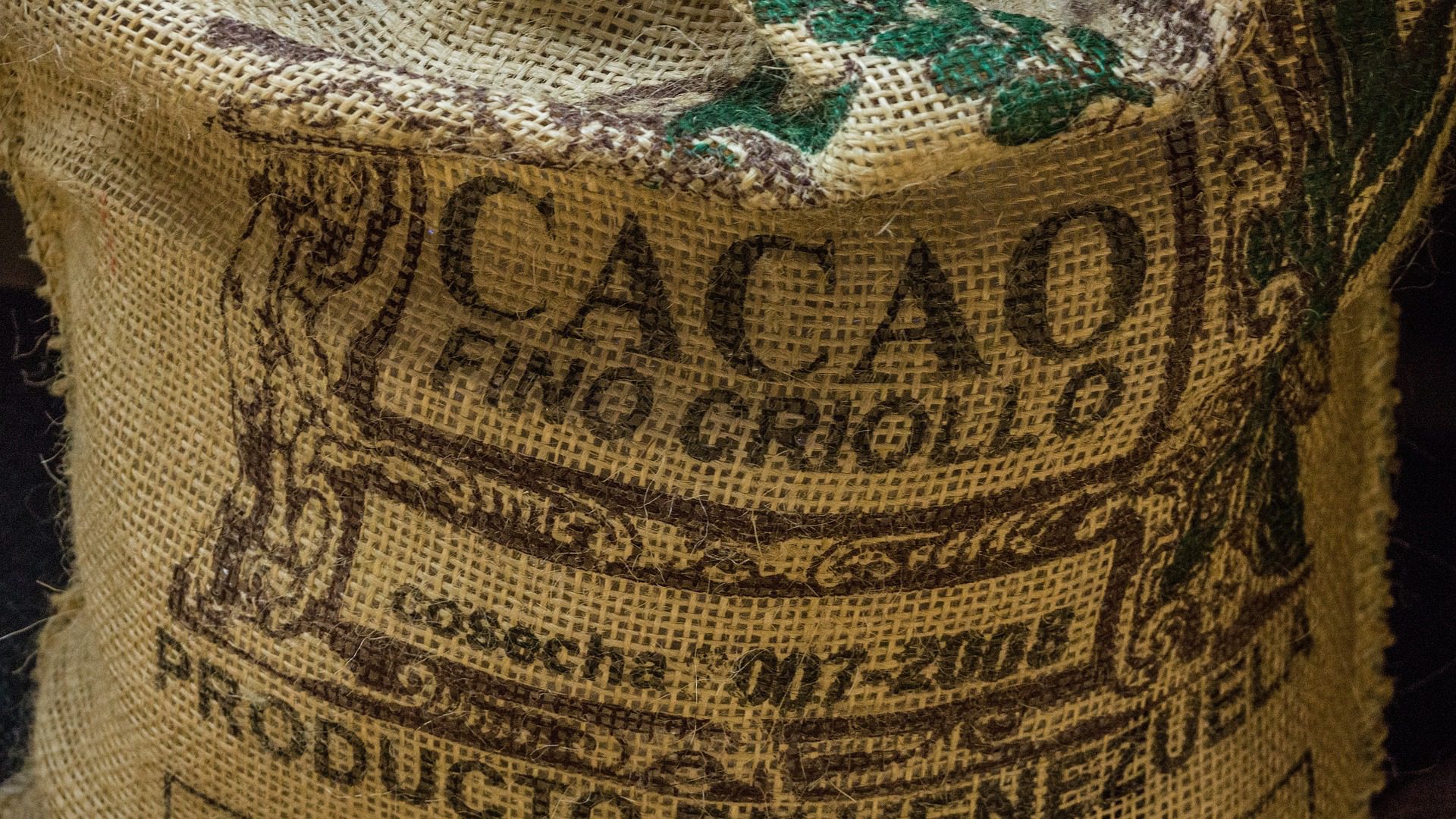
The Cocoa Barometer
Scope and intentions of the 2022 Cocoa Barometer The 2022 Cocoa Barometer provides an overview of the current sustainability developments in the cocoa sector and highlights critical issues that are not receiving sufficient attention at present, discussing a broad range of social, economic, and environmental issues. It is an endeavour to stimulate and enable stakeholders to communicate and discuss these critical issues. Cross-cutting throughout this document is the observation that we are sorely lacking both quality data and global collaboration to solve the challenges the sector faces.
The content of the 2022 Cocoa Barometer is the result of consultations with civil society in the cocoa producing countries, lengthy conversations within the Cocoa Barometer Consortium, and of much data from cocoa and chocolate companies, collected through an in-depth questionnaire.
Three in-depth studies were released in the run-up to the 2022 Cocoa Barometer, providing focussed discussions on Latin American cocoa production, Living Income, and Transparency & Accountability.
After two decades of discussions on sustainability in the cocoa sector, the question rises “why haven’t we solved these problems yet?” Indeed, it sometimes feels as if every two years the Cocoa Barometer writes about the same issues. In fact, additional challenges have been added over the years.
Several interrelated challenges come to the foreground around environmental protection. Deforestation and loss of biodiversity are driven by cocoa production, climate change is both affecting cocoa production and made worse by cocoa-driven deforestation, and agrochemical use is causing both environmental damage and is hazardous to those applying them.
Child labour continues to be a challenge in West African cocoa production, where children are involved in age-inappropriate and hazardous labour. Gender inequality raises barriers for women, both as rights holders and as agents for change.
The two branches of the cocoa problem tree – environmental protection and human rights – both stand on a tree trunk of farmer poverty. This poverty is exacerbated by the current cost-of-living crisis.
Living income as a concept has become a key objective for the cocoa sector in the past few years, however it hasn’t changed core business activities so far. The Ivorian-Ghanaian government collaboration to drive up market prices is an important step, but so far farm gate prices are nowhere near remunerable.
Too often, sustainability decisions are made far from the reality of cocoa growers. Decisions are made by those in power, ensuring that these decisions are in line with their interests. As such, decades of calls for higher prices have so far not been answered. Instead, approaches have been pursued focussing on what the farmer needs to do differently, such as higher yields and diversified production.
Research from this Barometer shows that the favoured approaches so far to raising farmer poverty are not going to bridge the income gap; higher yields do not necessarily lead to increased net income but do lead to greater risks for farmers. Without significantly higher farm gate prices, sustainability in the cocoa sector is a pipe dream.
In order for cocoa to truly become sustainable – where cocoa farming households are able to earn a living income, where nature is protected and flourishing, and where all rights (including those of children, women, and other marginalised groups) are safeguarded – real change is necessary. Systemic change.
In that light, the development of supply chain legislation in cocoa consuming nations is a very positive development, although their level ambition as well as the way they will be implemented will determine whether they will have the desired outcome.
The sector change that is needed cannot just come through better farming; a key approach needs to be to look at the enabling environment of the cocoa sector. Systemic changes and improvement are necessary in governance policies and in purchasing practices. Only when these are in place is there a business case for thriving farmers.
Read or download full report here.
